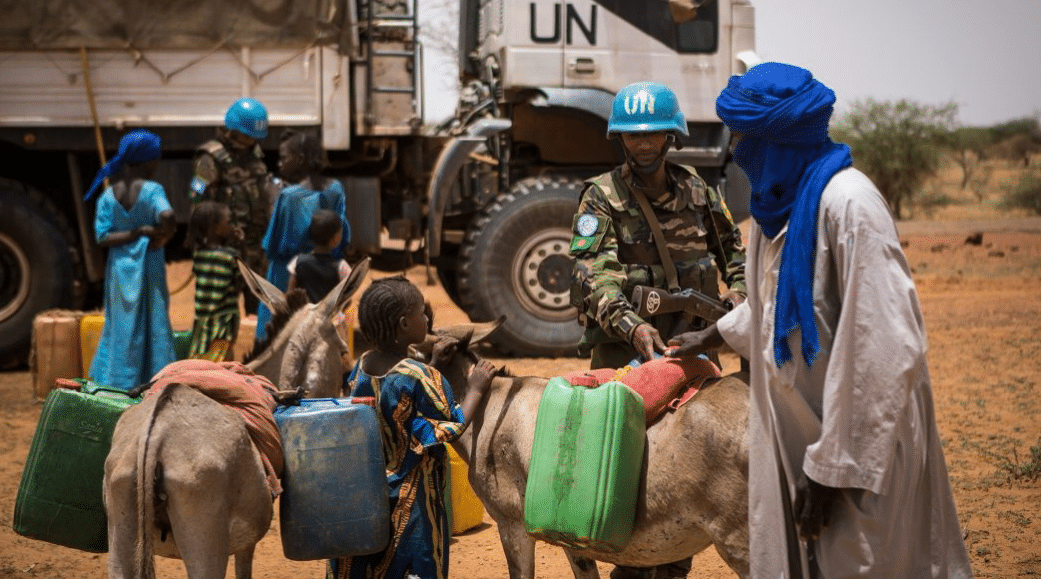April 2017 marked one year since the UN Security Council passed Resolution 2282 (2016) and General Assembly resolution 70/262. These parallel resolutions holistically recognize that development, peace and security, and human rights are interlinked and mutually reinforcing. They demonstrate an international commitment to comprehensively approach and consolidate peace, reduce poverty, and prevent countries from relapsing into conflict.
An important element to these resolutions was the introduction of the ‘Sustaining Peace’ concept, indicating a fundamental shift in the way the United Nations approaches peace and conflict. This new agenda is characterized by a focus on the prevention of the outbreak, escalation, continuation, and recurrence of conflict. Basically a paradigm shift from being reactive to proactive.
It is a crucial time for peacebuilding around the world. The past decade has seen an increase of global inequality in peace; while some regions have enjoyed sustained and stable levels of peace and security, many others have spiraled into a seemingly endless cycle of conflict and violence.
This concerning trend is paralleled by rapidly growing numbers of displaced people coupled with very high numbers of terrorism-related deaths. As the world becomes increasingly aware of these trends, there is a widespread need for engaging policies that will maintain durable, long-term peace.
As the Institute for Economics & Peace (IEP) has repeatedly said, in response to these worrying trends, and as national budgets tighten — resources allocated to international development and aid are under strain — the need to understand and invest in the most cost-effective ways to build peace is more crucial than ever. With the global cost of violence reaching a staggering $13.6 trillion in 2015 while a mere 15 billion is spent on peacebuilding and peacekeeping, the world has come to a critical point where it is imperative to engage in efficient and sustainable peacebuilding initiatives.
The United Nations defines peacebuilding as broadly involving a range of measures targeted at “preventing the outbreak, escalation, recurrence or continuation of conflict”, and further recognizes that peacebuilding encompasses a range of political, developmental, and human rights programs and mechanisms. IEP researchers have built a global model of peacebuilding cost-effectiveness to understand how increased funding for peacebuilding could impact the global economy.
The analysis performed shows that increased funding for peacebuilding would be hugely beneficial — not only to peacebuilding outcomes — but in terms of the potential economic returns to the global economy.
Using 20 years of peacebuilding expenditure in Rwanda as a guide for establishing a unit cost, theIEP estimates the cost-effectiveness ratio of peacebuilding to be 1:16. This means that if countries currently in conflict increased or received higher levels of peacebuilding funding to appropriate levels estimated by this model, then for every $1 invested now, the cost of conflict would be reduced by $16 over the long run.
As governments continue to pour substantial amounts of money into security, policymakers cannot ignore the need for preventative and cost-saving investments into peacebuilding initiatives that really work. If $1 can be spent on prevention, how can anyone reasonably justify spending $16 on post-conflict?
Read full article here


Leave A Comment
You must be logged in to post a comment.